Renault will revive the Scenic in 2024 as a bold electric SUV, which it has showcased at the Paris motor show as a concept car featuring a radical hydrogen-electric powertrain.
Taking up the baton from the MPV built from 1991 to 2022, the new Scenic will sit above the Renault MeÃgane E-Tech Electric SUV in Renault’s EV line-up.
It will be launched with a conventional battery-electric powertrain, but the hydrogen- electric system in the concept reflects Renault’s “broader vision”, with the company citing that the hydrogen propulsion system would become more prevalent beyond 2030 for use in light commercial vehicles.
New 2024 Renault Scenic reinvented as electric crossover
It is joined in Paris by the radical looking Renault 4 (shown in a radical 4L bodykit), Renault 5, and Renault 5 Turbo 3E drifter.
Design
At 4490mm long, 1900mm wide and 1590mm tall, the Scenic Vision concept is 280mm longer, 120mm wider and 85mm taller than the MeÃgane E-Tech Electric and has a 135mm-longer wheelbase.
Unlike previous generations of the Scenic, it takes the form of an SUV rather than an MPV.

Renault said the concept is “a modern design with a sustainable underbelly” and showcases sustainability initiatives centred on three main points: environment, safety and inclusion.
The wraparound light bar and slim LED headlights draw a visual link to the MeÃgane E-Tech Electric, but the striking new light signatures lower down are part of a wider package aimed at giving it a unique – and much more angular – character.

















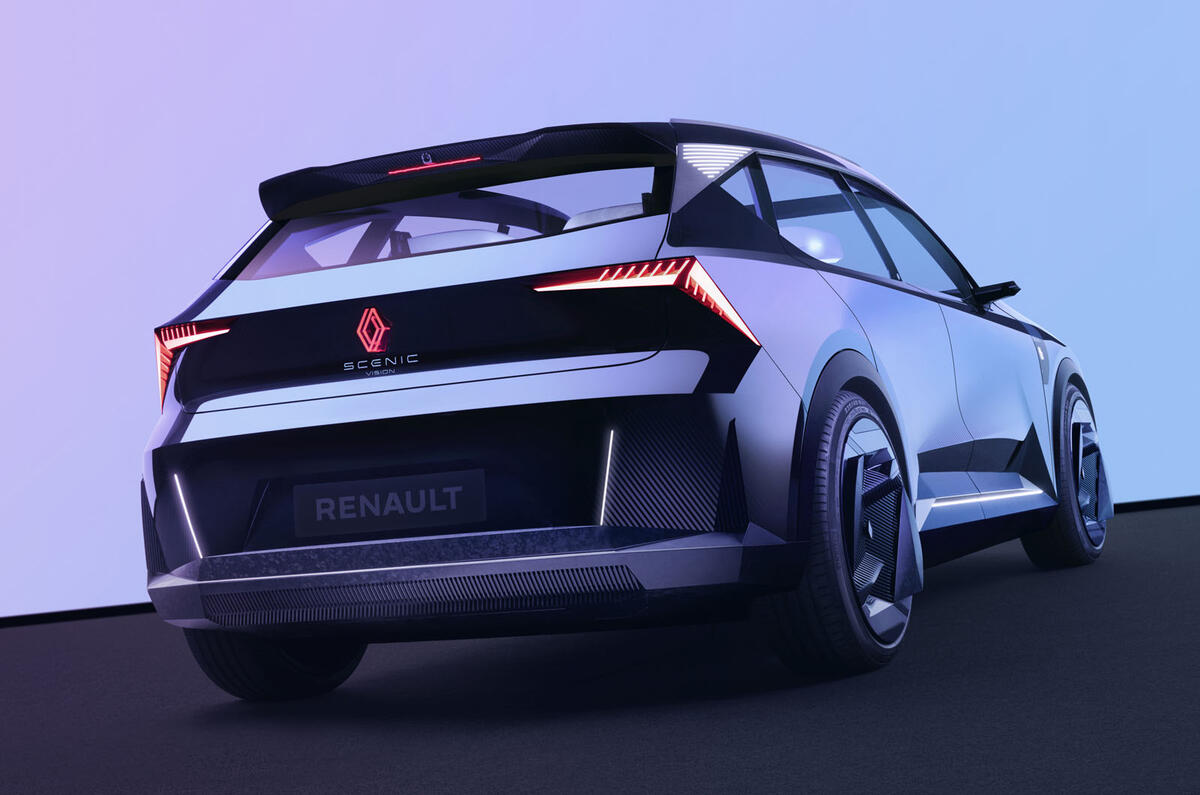
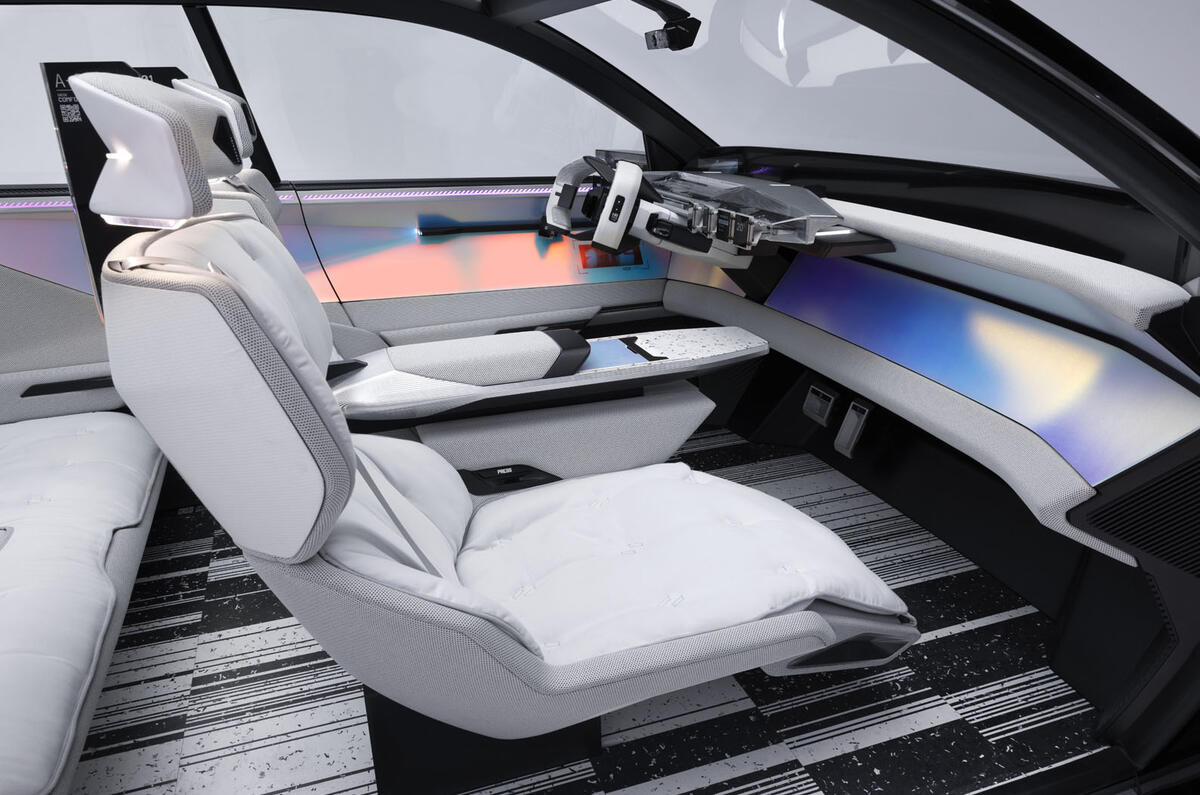








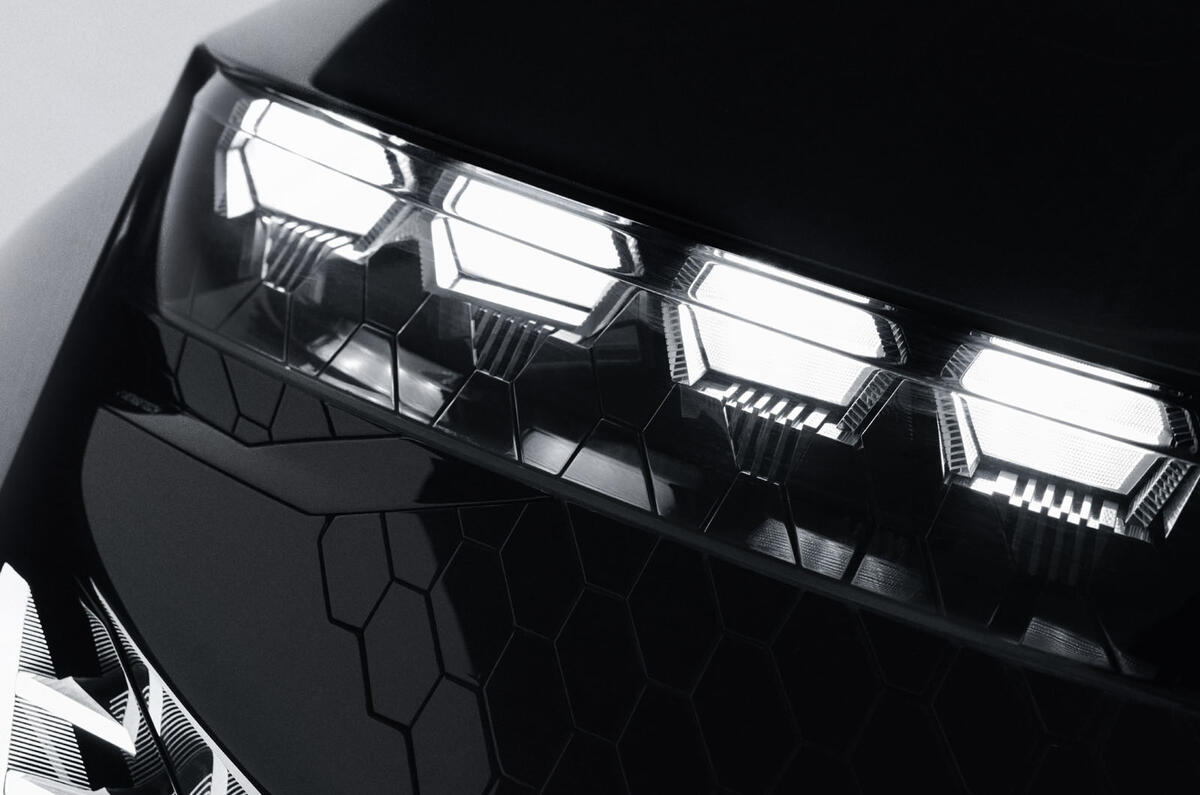










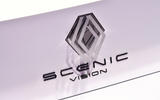












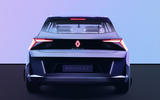






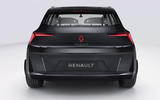







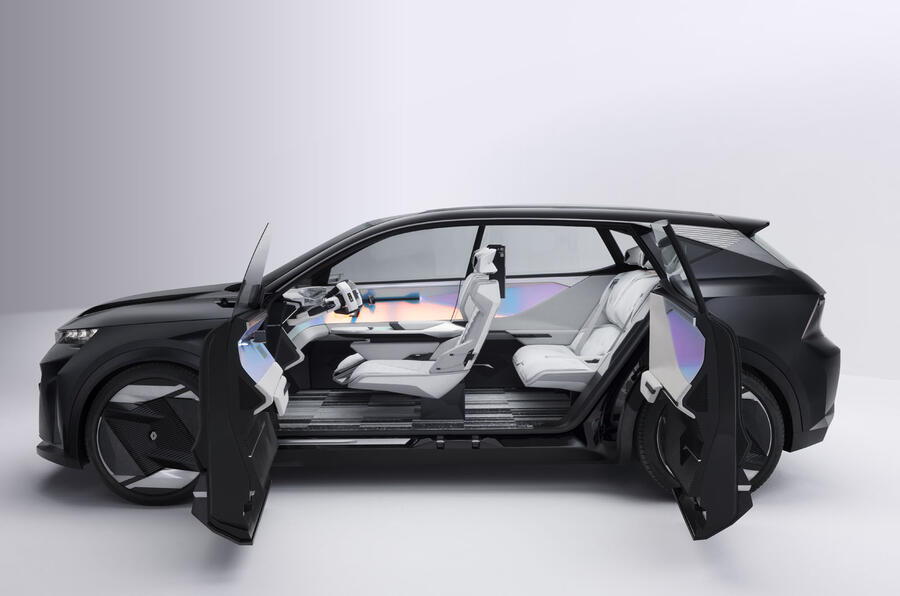






Join the debate
Add your comment
How much of this Car and other future cars will be made from recycling materials?, nobody seems to want to find out, talk about this area of of car construction.
Try to read with your eyes open.
All 3 were great cars some of the best in there class compared to the rubbish Ford and VW were making back then or the ancient stuff that Peugeot , Nissan, Toyota or Citroen had out back then in the same class.
All 3 were great cars some of the best in there class compared to the rubbish Ford and VW were making back then or the ancient stuff that Peugeot , Nissan, Toyota or Citroen had out back then in the same class.